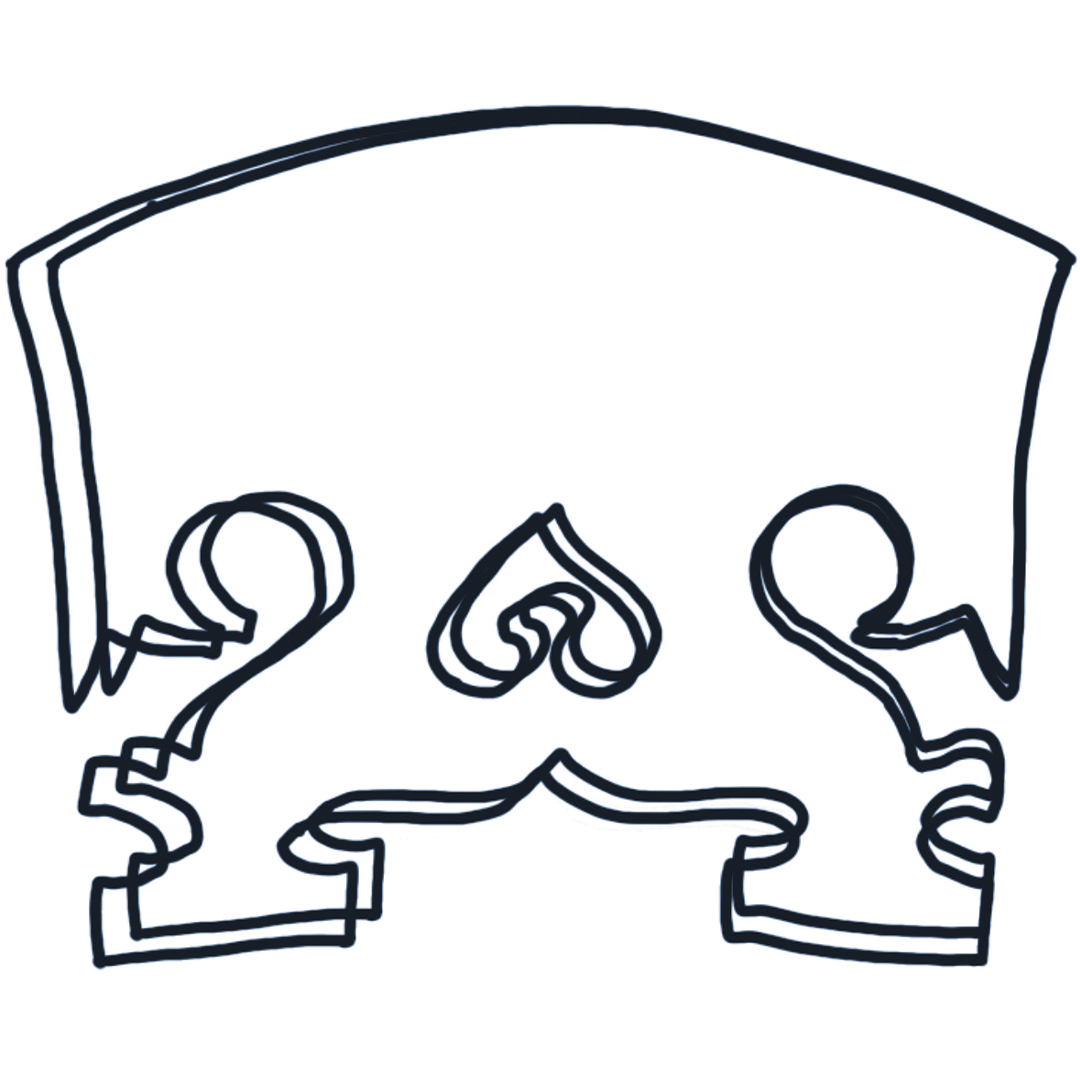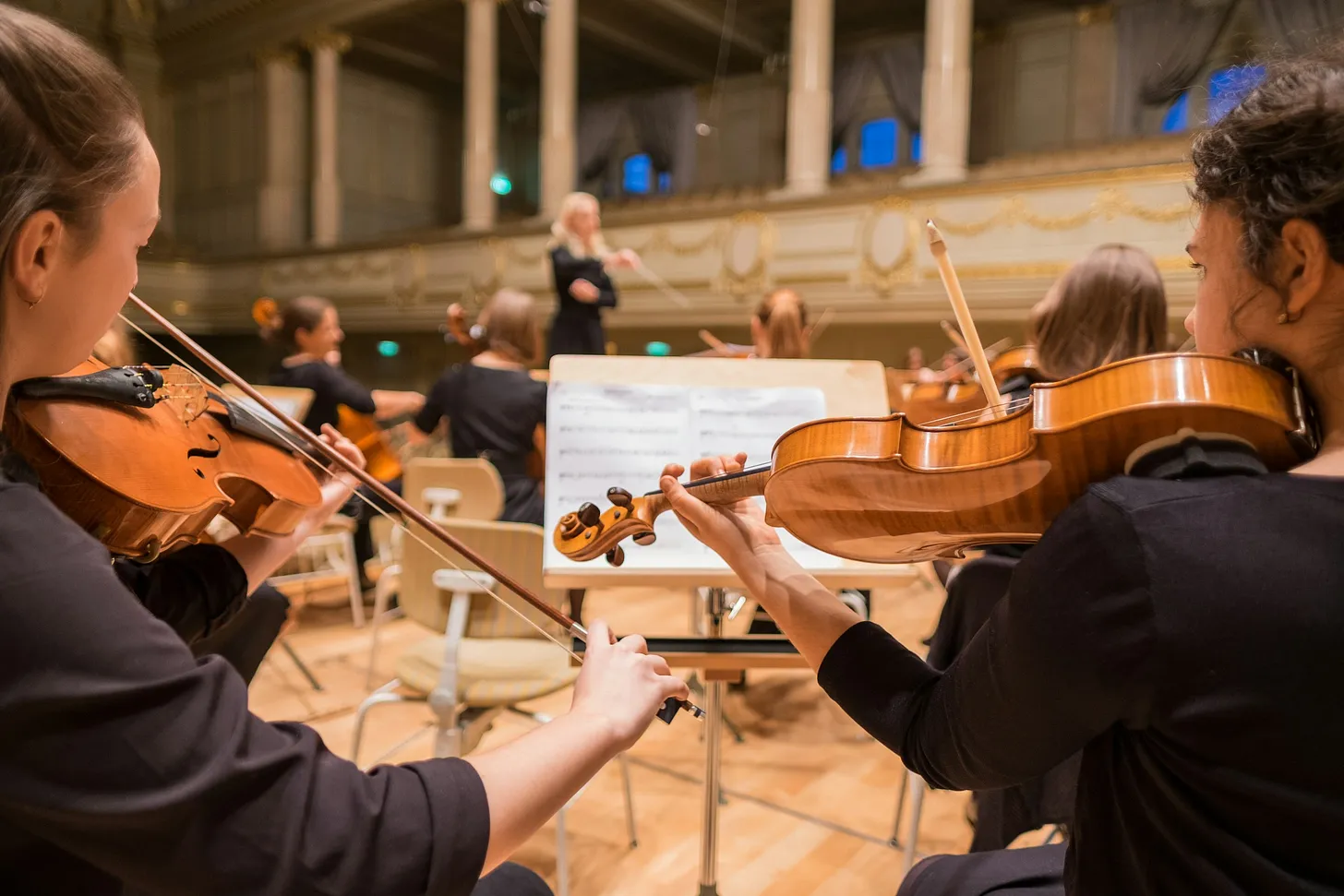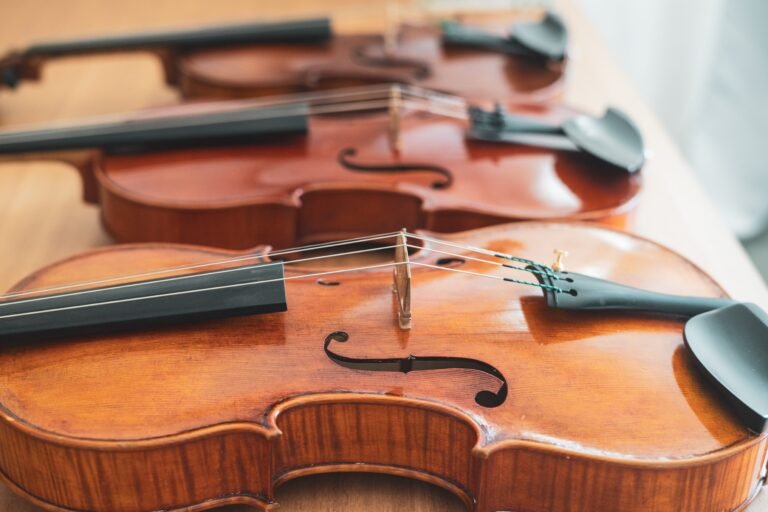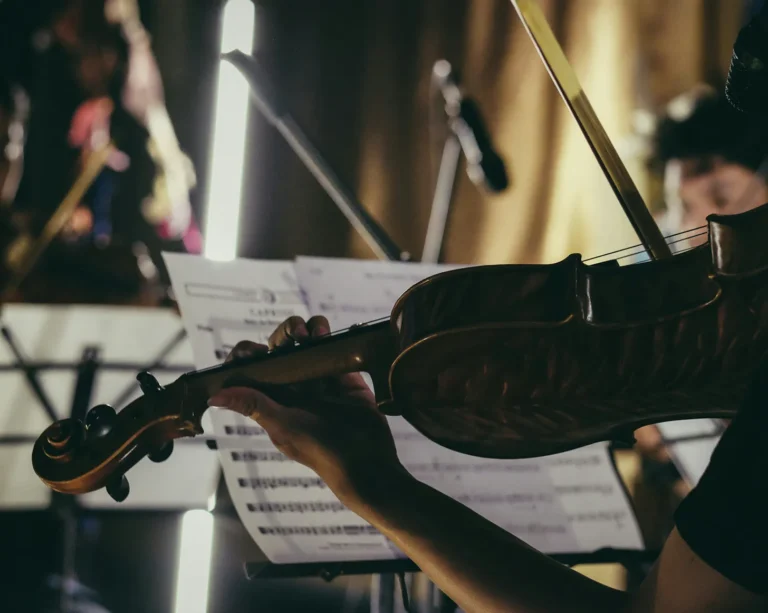Six Reasons to Add Viola to Your Musical Life
Curious about the viola? Here’s what you’ll gain by giving it a try
Whether you are a violinist looking for more opportunities to play in ensembles or have ever noticed a particularly powerful viola line in a string quartet or sonata andthought “I want to play that.,” this post is for you. As a violinist who was drawn to the timbre of the viola but unsure that I could manage a larger instrument, I have been surprised by both the playing opportunities and the technical growth that adding viola has opened up for me.
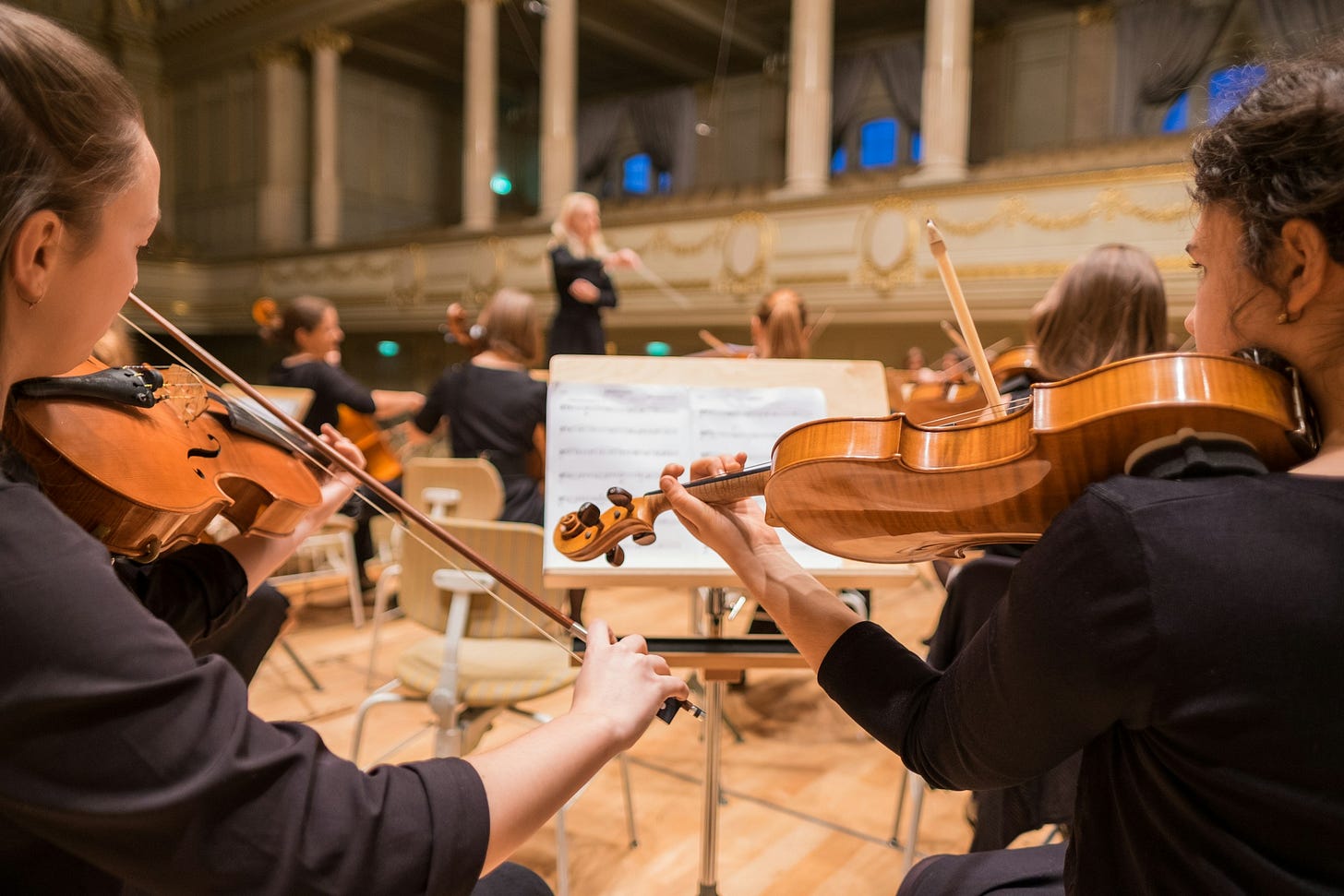
Discovering a Deeper Sound
The first time I picked up a viola was in a general music shop, where one happened to be hanging on the wall. Out of curiosity, I took it down and played a few notes. What struck me immediately was the incredible resonance. I could feel the instrument’s vibrations in my bones. I was captivated by the viola’s rich timbre and powerful sound and soon began searching for a viola of my own.
Now, I play both violin and viola in orchestras and have had the opportunity to play three out of the four voices in string quartets. It has opened up a new world of sound for me and deepened my appreciation for ensemble music.
New Musical Opportunities
There are far fewer amateur violists than violinists, which often means more playing opportunities in both orchestral and chamber music settings. Viola sections tend to be smaller, making your individual contribution more noticeable, something that can be especially motivating.
In the Baroque orchestra I play with, the viola section often has half as many players as the violin sections. I always feel that my presence makes a difference in the small section, with other orchestra members even saying things to me like “We needed you in the viola section this set.” Playing viola has also allowed me to participate in ensembles that were already over-full with violinists, giving me a seat in the orchestra where I might not otherwise have had one.
A Welcoming Community
Viola sections in amateur ensembles often have a reputation for being friendly, supportive, and less competitive than their violin counterparts. This can be exactly what amateur musicians looking for camaraderie and community need. After all, many amateur musicians play in part to find and play in community.
In the modern orchestra I play with, the viola section has been exceptionally welcoming and filled with strong musicians. The reputation of the friendly, supportive violist certainly holds true in my experience, and it has made the process of learning a new instrument more enjoyable.
Experiencing the Middle Voice
Doubling on or switching to viola offers a chance to experience music-making from a different vantage point. As the middle voice, the viola often acts as a bridge between the cellos and violins, filling out both the harmony and texture of the ensemble.
If you’re used to playing first violin, joining the viola section can be a refreshing challenge. It requires a keen awareness of rhythm and ensemble balance. I enjoy the experience of sitting in the middle of the orchestra, sometimes playing a line alongside the cellos, and at other times bolstering the inner harmonic structure alongside the second violins.
Developing New Skills
To play classical viola, you’ll need to learn alto clef, but don’t worry, viola music also uses treble clef, so your existing skills won’t go to waste. Alto clef is fairly intuitive to learn, and working on it can be a fun and rewarding challenge.
Learning a new clef and adapting to a larger, heavier instrument also provides a great opportunity to revisit fundamentals like technique and sight reading. Because the viola requires a different ergonomic approach, I’ve become more attentive to posture and hand-frame while playing, which has improved my playing on both instruments. Exploring viola technique has also helped me develop a more flexible vibrato, and learn how to adjust bow weight and speed more effectively.
New and Inspiring Repertoire
The viola has its own rich and often under appreciated repertoire, particularly from the 20th and 21st centuries. If you’re drawn to modern classical music, you’ll find plenty to explore in the viola repertoire.
I highly recommend listening to the viola concerto by Pēteris Vasks, a contemporary Latvian composer, or the celebrated sonata by Rebecca Clarke. Some cello works, like Bach’s Cello Suites, also translate beautifully to the viola. One of my earliest explorations on the instrument was working through movements of these suites, which helped me get comfortable reading alto clef while enjoying familiar music.
If you are curious about picking up the viola or just want to learn more about the technical differences between playing violin and viola, tips for learning to read a new clef, or how to shop for a viola, stay tuned for upcoming posts about how to make the switch.
🎻 Have you tried switching between violin and viola? I’d love to hear about your experience or what’s stopping you from making the leap. Share your thoughts in the comments!
